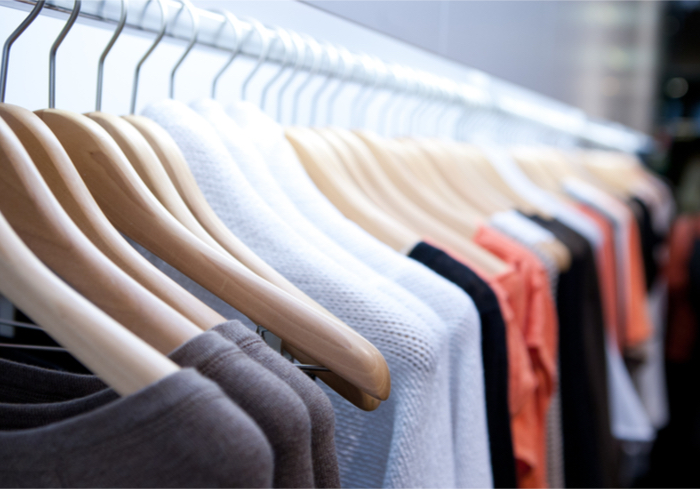How Analytics Can Help Fashion Brands And Retailers

What does it take for a fashion brand to stay on top of the trends? A lot of market data. But not all brands excel at crawling the web for information relevant to their businesses.
“A lot of brands are having a hard time keeping up with the pace of consumer changes,” StyleSage’s Director of Marketing and Digital Strategy Elizabeth Shobert told PYMNTS in an interview.
Historically, large retailers tend to move more slowly. “They weren’t really built for the omnichannel shopping experience,” Shobert said.
With those challenges in mind, StyleSage seeks to help brands and retailers through its competitive intelligence tool that works across four areas: pricing, assortment building, trends and promotions. Its technology works like Google, in a sense.
“We actually crawl eCommerce sites, and we can pull in real-time data around pricing [and] what types of items competitors are putting into their assortments,” Shobert said.
The tool captures real-time eCommerce, influencer, search, email and promotions data to help brands identify and develop the right trends, build out competitive product assortments and price and promote according to the market.
An International Market
One of StyleSage’s core competencies is its international reach. Brands and retailers work on a global scale, after all.
“This technology works for any eCommerce site anywhere in the world,” Shobert said. The technology could even work for a site like JD.com in China.
For multinational brands, this functionality could help perfect their local pricing. If their pricing comes in too high for a region, they could miss out on a market opportunity, for example.
For clients in fast fashion, StyleSage could help brands quickly identify trends. While development cycles can range up to a year in traditional retail, fast fashion brands can bring their products to market within eight weeks. As a result, brands could miss out on sales opportunities if they don’t release those fashions fast enough.
To help brands understand the market, the tool offers more data than what’s available at the category level. It also allows brands to understand design details — like the design of a print on a dress.
Once assembled, the finished data comes organized in a visual manner. Originally, StyleSage was focused on deep analytics. However, over time, the team realized that to be relevant, the platform needed to have different visual elements and pictures.
When designing the platform, the company aimed to create an intuitive experience. The goal was to make the user feel as if he or she were shopping on an eCommerce website.
Fashion Analytics
The right product at the right price and the right time: That’s the retail recipe, and companies such as StyleSage, along with platforms such as EDITED, help provide real-time analytics to help apparel retailers worldwide cook up success.
“The global retail market is a trillion-dollar industry, where one good decision can make you millions, and a bad one can cost you just as much,” Julia Fowler, who co-founded EDITED with technologist Geoff Watts in 2009, has said. “For retailers to succeed today, data is essential to guide their decision-making and compete on the global stage.”
Similar to StyleSage, EDITED’s platform includes Big Data, artificial intelligence and image and text recognition. Buying and merchandising teams, designers and eCommerce teams use it to hone their retail strategies based on pricing, assortment, demand and competitive metrics.
EDITED reviews products to generate insights into pricing, discounts and bestsellers, even filtering this by geography or category. More than half a million products are added every month to give brands the competitive edge they need by identifying trends early.
The Future of Fashion Tech
Besides trends in assortment and pricing, retailers have to stay on top of the technological forces that are shaping the customer shopping experience. One of the big trends in retail now is visual search, which is more naturally suited to how people approach their shopping experience.
“That’s how people shop,” Shobert said. “That’s how they think.”
After all, consumers don’t always know how to articulate what they want. And it can be hard to do so without using an actual image.
Retailers — including those focused on fashion — also have to contend with Amazon, which has a plethora of SKUs. Still, traditional retailers can differentiate themselves in the face of pressure from Seattle.
“The opportunity for retailers to compete is to own some of the more niche [areas] and have a better sense of curation,” Shobert said.